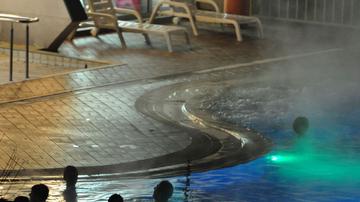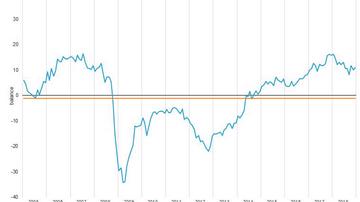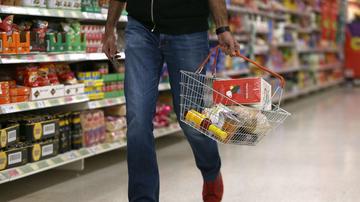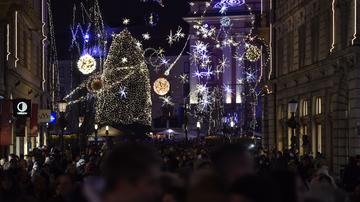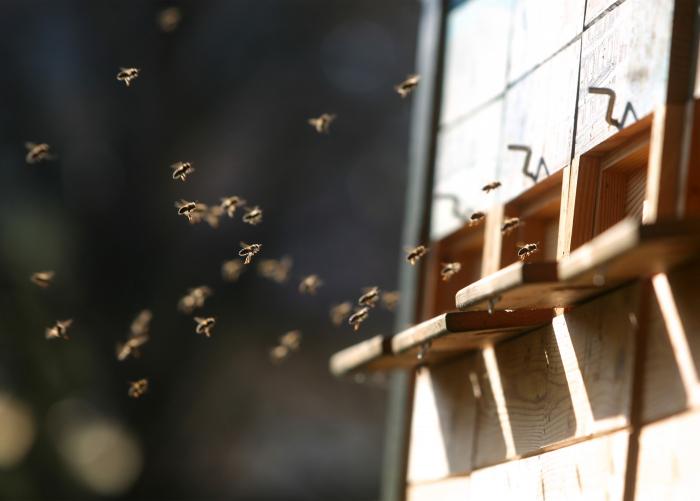

As regards the number of beekeepers per 1,000 population, Slovenia is at the top of the EU-28. However, as regards the quantity, it is among to smallest honey producers in the EU. Slovenia produced most honey in 2001: 2,550 tons. A resident of Slovenia consumes on average a kilo of honey per year.
After three years of international efforts, on 20 December 2017 the United Nations member states unanimously confirmed Slovenia’s proposal to mark 20 May as the World Bee Day. The day is intended for raising the awareness of the importance of bees for human survival.
Honey production
In Slovenia honey is produced by more than 10,000 beekeepers. On average, each has 16 beehives. With almost 5 beekeepers per 1,000 population, Slovenia is at the top of the EU-28. Despite that, Slovenia is among the smallest honey producers in the European Union.
In 2017 Slovene beekeepers produced around 805 tons of honey, meaning that the annual quantity was 38% lower than in 2016. Honey production was at the record high in 2001 with 2,550 tons and at the record low in 2014 with only 471 tons.
Honey consumption, export and import, honey price
People in Slovenia consume just over a kilo of honey per person per year. Honey consumption has not changed much over the past 15 years. The self-sufficiency rate in 2016 was 59%, meaning that domestic production covered just over a half of domestic consumption.
In 2017 Slovenia exported EUR 1.4 million of honey, which is the highest value since 2000. By far the most honey, 72%, was exported to Japan. On the other hand, Slovenia imported EUR 4 million of honey, most of it from Croatia and Germany (17% each).
In 2017 the average retail price of a kilo of honey was EUR 9.64, almost 40% higher than in 2003, when a kilo of hones cost on average EUR 5.91.
The family name of 60 residents of Slovenia is Čebela (bee). Most of them live in the Zasavska and Osrednjeslovenska statistical regions. There are 6 streets in Slovenia named Čebelarska ulica (Beekeeping Street) as well as one Ulica čebelarja Močnika (The Beekeeper Močnik Street) and one Ulica Antona Janše (Anton Janša Street). Most house numbers (37) are on Čebelarska ulica in Ljubljana.





















































